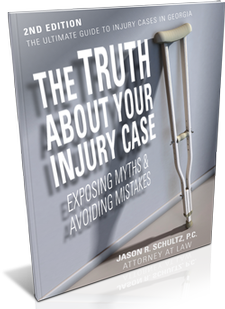How does medical negligence lead to infection?
Medical negligence is defined as acting in a way that is contrary to the normal standard of care, such as not changing the dressing on a surgical site on the prescribed schedule or failing to carefully instruct patients on how to care for their surgical wound at home.
Some of the most common types of HAIs fall under one of the following categories.
- Surgical site infections
- Urinary tract infections
- Respiratory system infections
- Bloodstream Infections
Factors such as uncleanliness, exposure to germs, and insufficient attention to wounds and surgical sites can all contribute to the development of HAIs. The kicker is there are already scores of research studies, books, and standards that medical care providers are expected to adhere to in order prevent HAIs – it is just that many facilities and staff fail to strictly abide by these prevention practices.
When a healthcare practitioner or a medical facility does not stick to common HAI prevention protocols or otherwise contributes to patients contracting an infection, it may constitute medical negligence, which means they can be held liable for injured patients’ damages.
(Note: There are also things patients themselves can do to reduce the risk of a surgical site infection.)
What are some other factors that put a patient at risk for a surgical site infection?
A surgery is already a complicated and potentially dangerous process, but it becomes more dangerous when the patient has certain medical conditions such as:
- Diabetes
- Cancer
- Weakened immune system
These, as well as smoking, can all increase the risk for developing an infection after surgery. The type of surgery can also increase the risk. Certain surgeries, such as abdominal surgeries, can put a patient at a higher risk for common infections, such as Clostridium difficile (C. difficile).
Sometimes, an infection happens and no one is to blame; however, when a medical provider caused your HAI to develop, you can prove negligence and file a medical malpractice claim.
How do I prove the facility’s negligence and liability?
In order to be eligible to file a liability claim for an HAI, you will need to prove that the physician, nurse, or facility itself was somehow negligent in providing care to you – and that this negligence is what caused your injury. Below are a few examples of behaviors that the courts or insurers might consider as negligence.
- Using poor hand hygiene
- Having a poor nurse-to-patient ratio
- Having beds too close together
- Having a contaminated air conditioning system
- Improper use of antibiotics
- Using unsterile medical devices
- Failing to provide proper training to staff about cleanliness practices or medical devices
- Not monitoring catheters
- Reusing syringes or needles
- Using single-use medication vials for multiple patients
Your medical records are one type of evidence that can help substantiate your claim. However, most liability claims require that you have testimonies from medical experts to verify negligence. The experts will essentially have to testify that your condition is likely an HAI and that the actions (or inaction) of your provider were outside the medical standard of care. In other words, you need experts to back up your claim that your doctor acted in a way that other doctors treating you would not have.
Where can I get help filing an HAI liability claim in Georgia?
If you think you have a viable claim, you will want to consult an attorney straightaway to discuss your legal options. Contact the Law Office of Jason R. Schultz at 404-474-0804 for a free consultation. Our medical malpractice attorney can review your case, explain what types of damages you might be entitled to, and help you seek the recovery you deserve.


